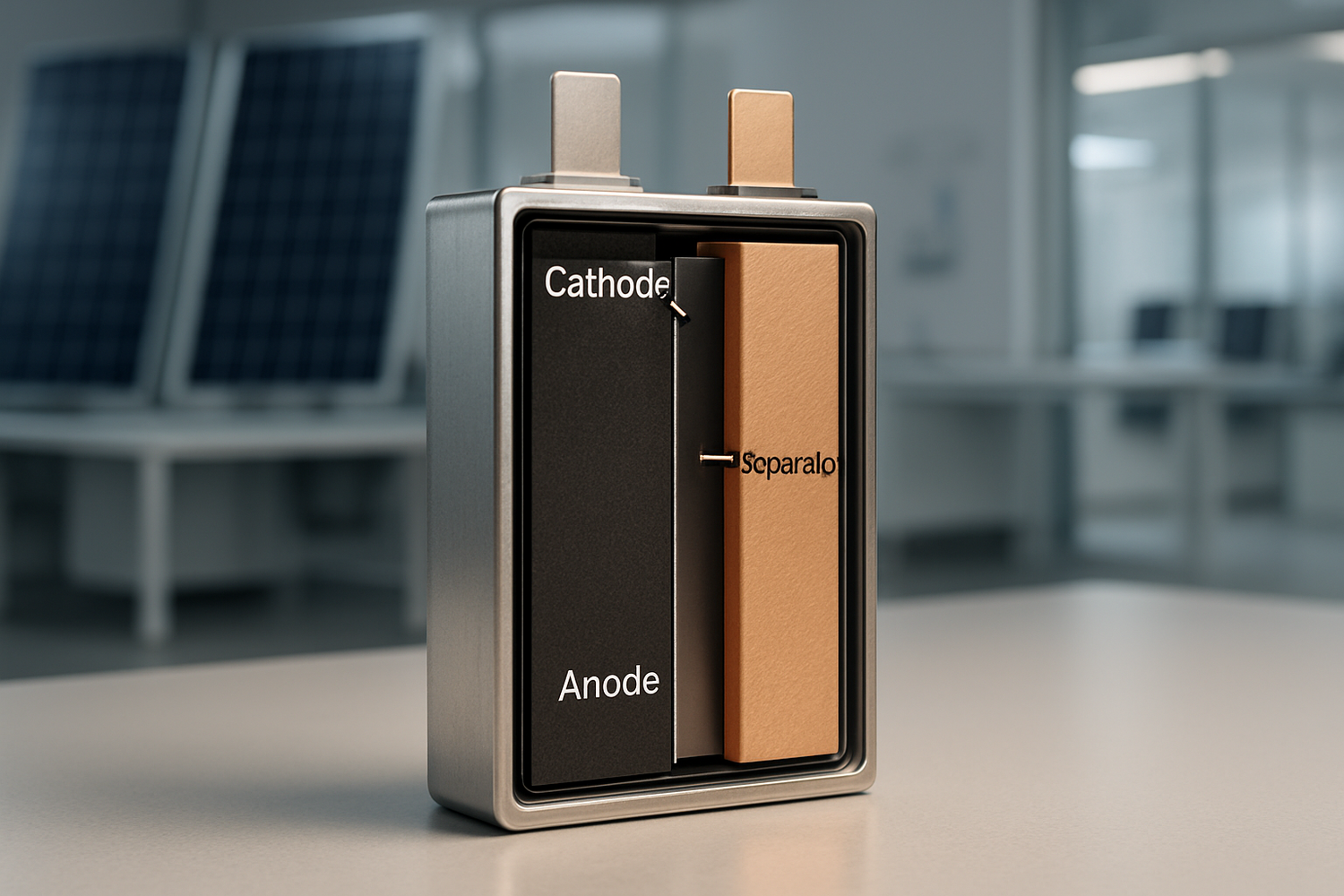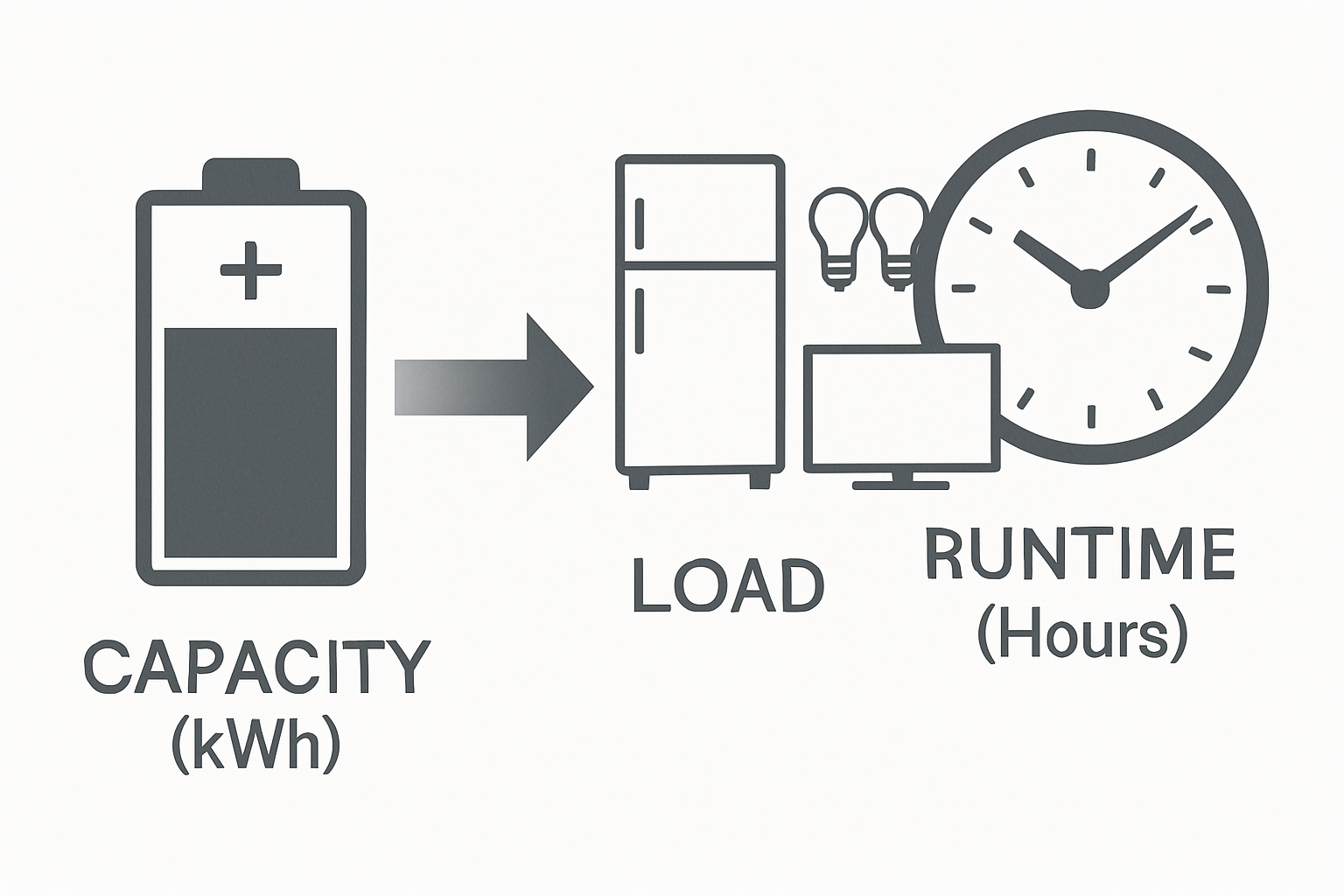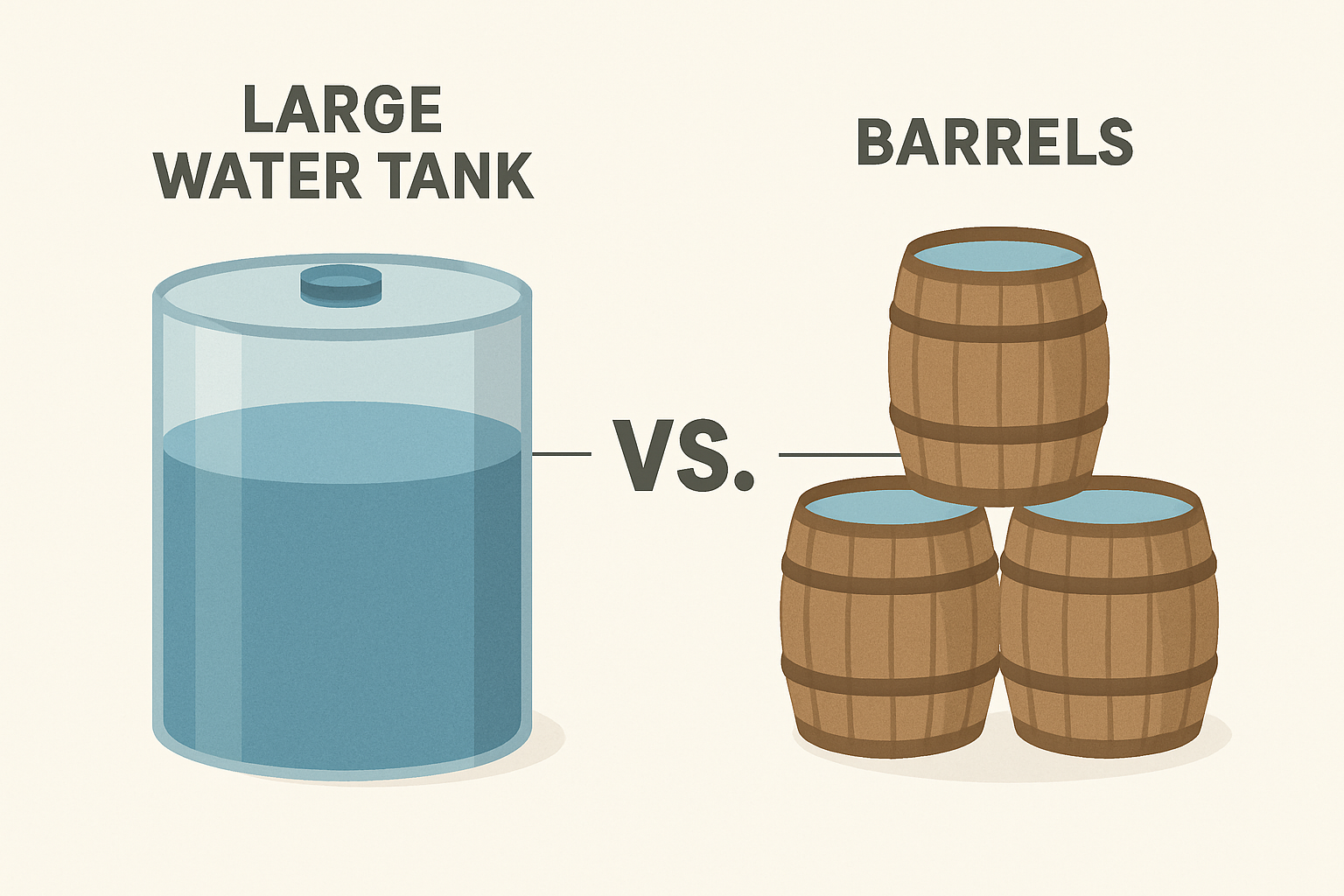Understanding what influences your Lithium Iron Phosphate (LiFePO4) battery's runtime is crucial for designing a reliable energy system. It's not just about the number on the label; several interconnected factors dictate how long your battery will power your appliances. Getting a clear picture of these elements helps you manage your energy consumption effectively and maximize your investment. The global focus on renewable energy has accelerated the development of battery technologies. A report on World Energy Investment 2023 highlights that investment in battery storage is projected to approach USD 40 billion, nearly doubling from the previous year, underscoring the technology's growing importance.
1. Battery Capacity: The Core Energy Reservoir
The most fundamental factor influencing runtime is the battery's capacity. This is the total amount of energy a battery can store. It's typically measured in Amp-hours (Ah) or Watt-hours (Wh), and these figures are the starting point for any runtime calculation.
Amp-Hours (Ah) vs. Watt-Hours (Wh)
Amp-hours measure the charge a battery can deliver over time. For example, a 100Ah battery can theoretically provide 1 amp of current for 100 hours, or 10 amps for 10 hours. Watt-hours, on the other hand, measure the total energy. You can calculate Watt-hours by multiplying the Amp-hours by the battery's nominal voltage (Wh = Ah x V). Using Watt-hours is often more accurate for comparing systems, as it accounts for voltage differences.
How Capacity Translates to Real-World Use
A higher capacity directly translates to a longer potential runtime, assuming all other factors are equal. If you have a 12V 100Ah battery (1200Wh) and your appliances draw a constant 120 watts, your theoretical runtime would be 10 hours (1200Wh / 120W). This simple calculation provides a baseline, but real-world performance will be affected by the other factors discussed here.
2. Discharge Rate (C-Rate): The Speed of Energy Flow
The rate at which you draw power from your battery significantly impacts its effective capacity and, consequently, its runtime. This is known as the C-rate. A high C-rate means you are discharging the battery quickly.
Understanding C-Rates
The C-rate is expressed relative to the battery's capacity. A 1C rate for a 100Ah battery means drawing 100 amps. A 0.5C rate would be 50 amps, and a 2C rate would be 200 amps. LiFePO4 batteries are known for their ability to handle high C-rates better than traditional lead-acid batteries, but high discharge rates still reduce the total available energy. This phenomenon, known as the Peukert effect, is less pronounced in LiFePO4 chemistry but still present. Drawing power at a lower, more consistent rate will yield a longer runtime.
3. Temperature: The Environmental Influence
LiFePO4 batteries perform best within a specific temperature range. Extreme temperatures, both hot and cold, can negatively affect the chemical reactions inside the battery, leading to reduced efficiency and a shorter runtime.
Optimal Operating Temperatures
The ideal operating temperature for most LiFePO4 batteries is between 20°C and 25°C (68°F to 77°F). Within this range, the battery can deliver close to its rated capacity. High temperatures can accelerate degradation and reduce the battery's overall lifespan, while cold temperatures have a more immediate impact on performance.
Cold Weather Performance
In cold conditions, typically below 0°C (32°F), the internal resistance of the battery increases. This makes it harder for the battery to deliver power, effectively reducing its available capacity. Many modern LiFePO4 batteries include a Battery Management System (BMS) that prevents charging in freezing temperatures to avoid damage. Some models even feature built-in heating elements to maintain optimal temperatures.
4. Depth of Discharge (DoD): How Deep You Drain
Depth of Discharge refers to the percentage of the battery's capacity that has been used. While you can technically use 100% of a LiFePO4 battery's capacity, it's not always the best practice for longevity. However, it directly impacts the runtime for a single cycle.
Maximizing Usable Energy
One of the key advantages of LiFePO4 technology is its ability to be deeply discharged without significant damage. You can regularly use 80-90% of the battery's capacity and still expect thousands of life cycles. This is a major improvement over lead-acid batteries, which are typically only discharged to 50%. For runtime calculations, your chosen DoD sets the limit on the usable energy. For a 100Ah battery with a 90% DoD, you have 90Ah of usable capacity per cycle.
5. System Efficiency: Accounting for Energy Loss
The energy stored in your battery doesn't all reach your appliances. Some energy is lost in the conversion and transmission process. These inefficiencies must be factored into any realistic runtime estimate.
Inverter and Wiring Losses
The solar inverter, which converts the battery's DC power to AC power for your household appliances, is a primary source of energy loss. Inverter efficiency typically ranges from 85% to 95%. This means you could lose up to 15% of your battery's energy during this conversion. Additionally, undersized wiring can create resistance, generating heat and wasting more energy. As explained in a detailed analysis of solar storage performance, these system components play a vital role in the overall usable power you get from your setup.
6. Battery Age and Health (SoH)
Like all batteries, LiFePO4 batteries degrade over time. The State of Health (SoH) is a measure of a battery's condition relative to its original specifications. A new battery has a 100% SoH, but this figure will decrease over its lifespan.
Impact on Capacity
As a battery ages through charge and discharge cycles, its internal components degrade slightly, leading to a gradual reduction in its total storage capacity. A battery with an 80% SoH will only be able to store 80% of its original rated capacity. This means a 100Ah battery effectively becomes an 80Ah battery, which directly shortens its runtime for a given load.
7. Load Profile: The Nature of Your Power Demand
The type of appliances you are running—your load profile—also affects runtime. A constant, steady load is easier for a battery to manage than a highly variable load with frequent high-power surges.
Constant vs. Variable Loads
Appliances with motors, like refrigerators or pumps, have a high inrush current when they start up. These brief, high-power demands can cause a temporary voltage drop and consume more energy than their steady-state running wattage would suggest. A system designed to power a consistent load like LED lighting will have a more predictable runtime than one powering intermittent, high-surge appliances.
Key Takeaways for Maximizing Your Battery's Performance
To accurately predict your LiFePO4 battery runtime, you must look beyond the simple capacity rating. By considering the interplay of discharge rate, temperature, depth of discharge, and system inefficiencies, you can build a more accurate picture of your energy independence. The International Energy Agency's report on Clean Energy Innovation emphasizes that the evolution of battery capacity, efficiency, and charge/discharge power are key factors in making energy storage economically viable. Understanding these elements allows you to design a robust system that meets your needs today and for years to come.
Frequently Asked Questions
How can I accurately calculate my expected LiFePO4 battery runtime?
To get a precise estimate, use this formula: Runtime (in hours) = (Battery Capacity (Wh) x Depth of Discharge (%) x System Efficiency (%)) / Average Load (W). For example, for a 1200Wh battery with 90% DoD, 90% system efficiency, and a 100W load, the runtime would be (1200 * 0.90 * 0.90) / 100 = 9.72 hours.
Does charging a LiFePO4 battery to 100% all the time reduce its runtime?
Charging to 100% does not immediately reduce the runtime of that specific cycle. However, consistently keeping the battery at a 100% state of charge, especially in high temperatures, can accelerate capacity degradation over the long term, which will eventually shorten its runtime in future cycles.
Will running multiple appliances at once drain my battery faster?
Yes. The total power draw is the sum of all running appliances. A higher total load increases the discharge rate (C-rate), which can slightly reduce the battery's overall efficiency and lead to a shorter runtime than if you ran those same appliances one after another.





Leave a comment
All comments are moderated before being published.
This site is protected by hCaptcha and the hCaptcha Privacy Policy and Terms of Service apply.